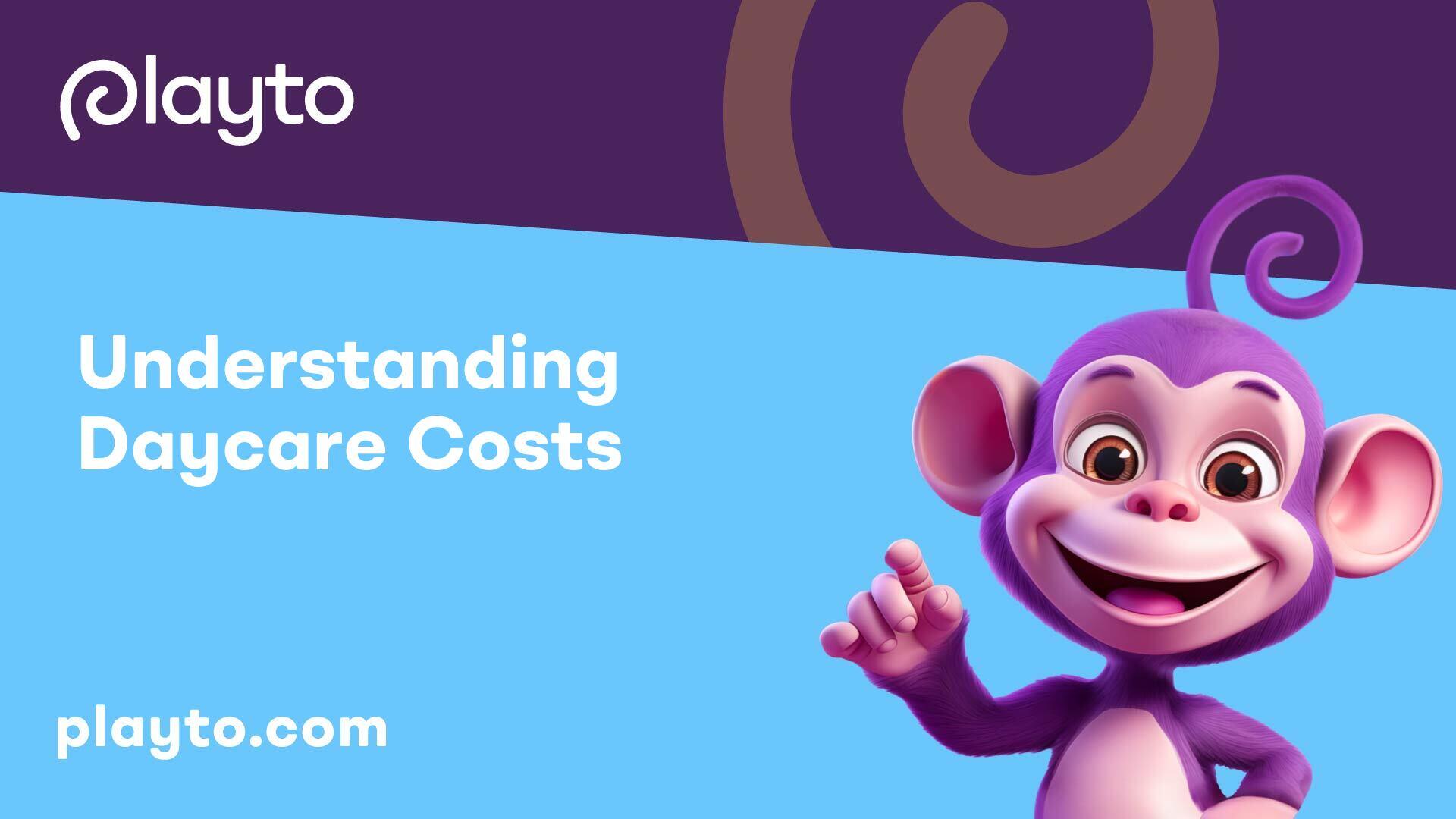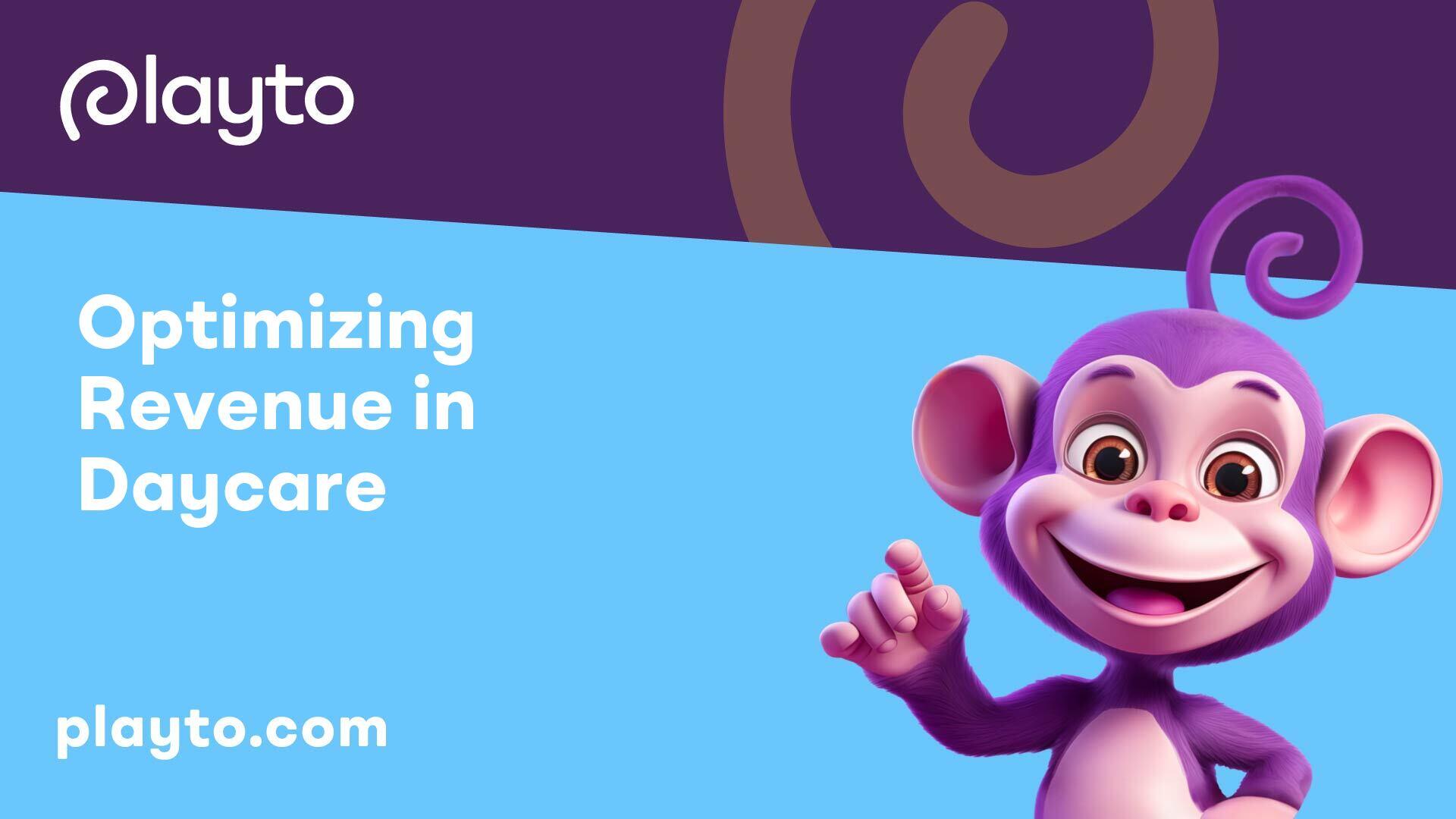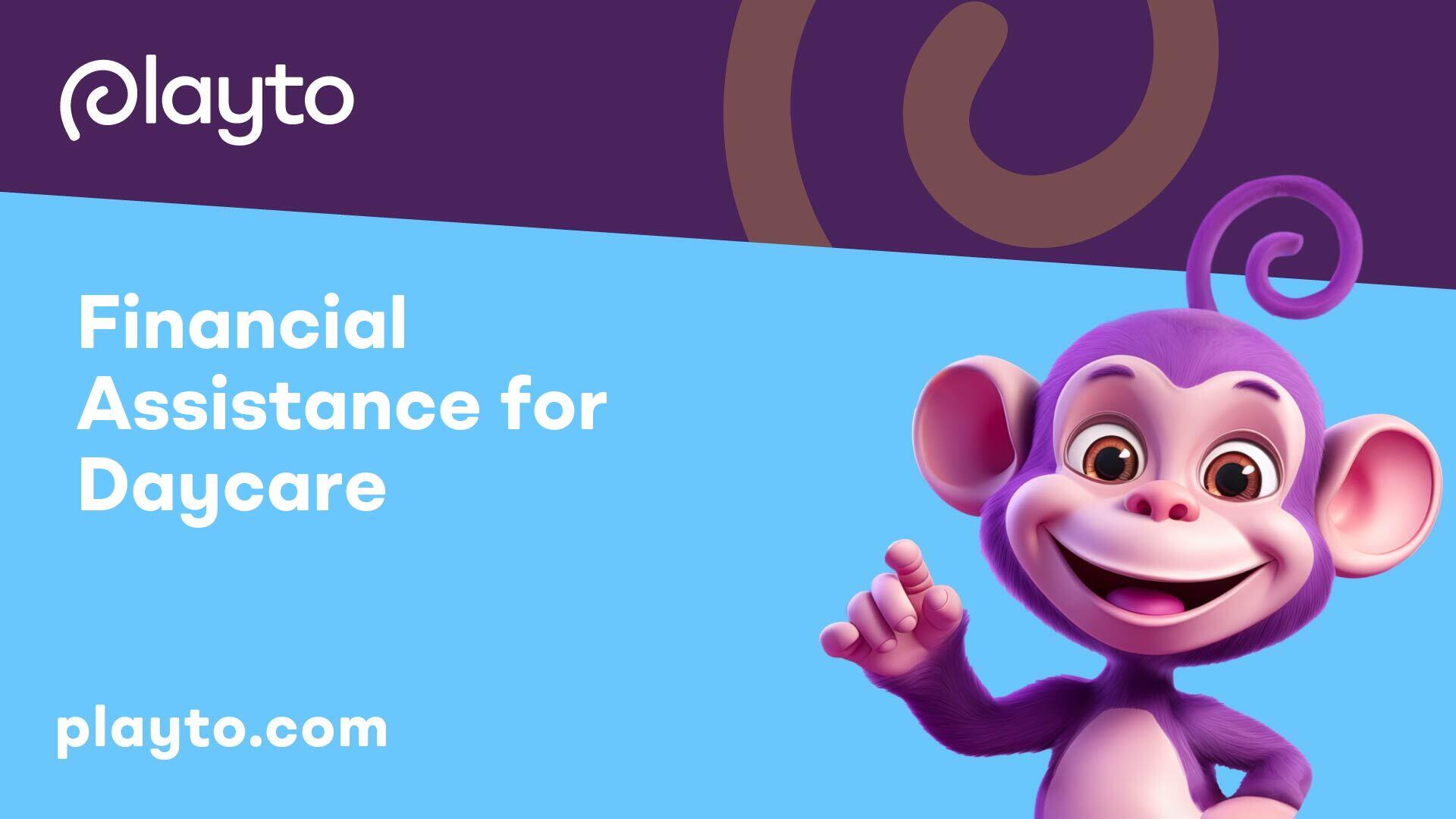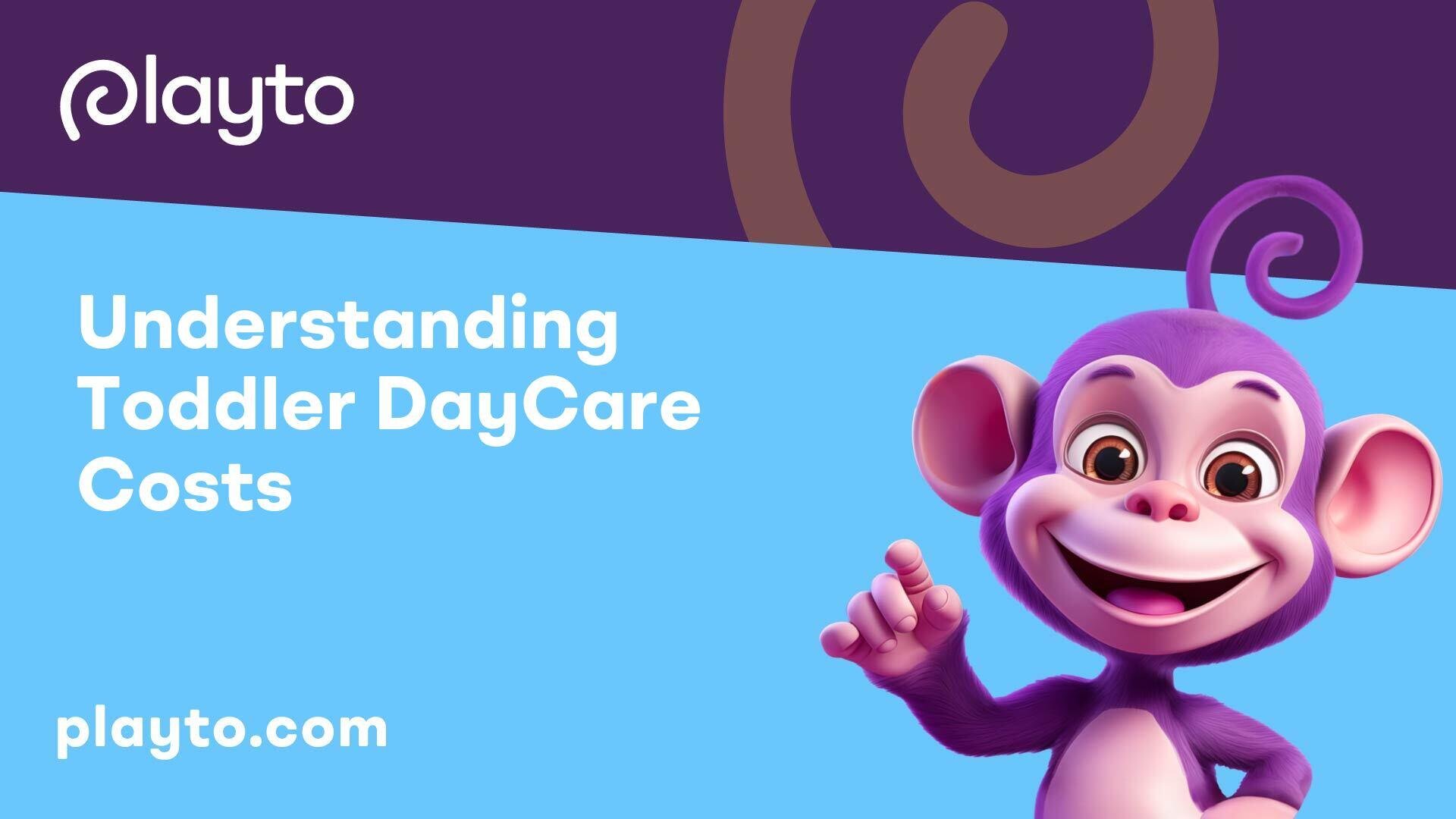
Understanding Daycare Costs
When it comes to toddler daycare costs, understanding the financial aspects is crucial for parents and caregivers in New York. In this section, we will explore the average cost of toddler daycare and the factors that influence daycare pricing.
Average Cost of Toddler Daycare
As of 2021, the average monthly cost for center-based toddler childcare in the U.S. is estimated to be $1,096 [1]. This cost encompasses various services and activities provided by daycare centers, including supervision, meals, educational programs, and playtime. It's essential for parents to budget for these expenses when planning for their child's care.
Comparatively, the average monthly cost for center-based infant childcare in the U.S. is higher, estimated to be $1,324 per month in 2021. This signifies a 21% increase in costs for infant care compared to toddler care. Understanding these cost differentials can help parents make informed decisions regarding their child care expenses.
Factors Affecting Daycare Pricing
Several factors contribute to the variation in daycare pricing, influencing the overall cost of toddler daycare. These factors may include:
Understanding these factors can help parents evaluate daycare options effectively and budget for childcare expenses accordingly. It's essential to consider the value provided by daycare centers in relation to their pricing to ensure that your child receives quality care that aligns with your financial capabilities.

Optimizing Revenue in Daycare
To ensure the financial sustainability of daycare centers, optimizing revenue streams is essential. This involves setting appropriate tuition fees and exploring additional revenue streams to enhance profitability.
Setting Tuition Fees
Childcare providers can optimize profits by setting tuition fees that reflect the operational costs of running the daycare. Factors such as salaries, utilities, rent payments, supplies, and advertising expenses need to be taken into account when determining the fees. It's crucial to align the fees with the level of service provided and the local market rates to remain competitive while ensuring financial viability.
FactorSetting Tuition FeesOperational CostsConsider all expenses incurred in running the daycareService LevelEnsure fees reflect the quality of care and services offeredMarket RatesCompare with local childcare pricing to stay competitive
To further optimize revenue, daycare providers can implement various fee structures such as enrollment fees, registration fees, late payment fees, early drop-off or late pick-up fees, and additional service fees. These additional fees can supplement the core tuition revenue and contribute to the overall financial health of the daycare.
Additional Revenue Streams
In addition to tuition fees, daycare centers can explore various additional revenue streams to boost their income. These streams can include:
These additional revenue streams can contribute to the financial stability of the daycare and help offset unexpected expenses. By incorporating various fee structures and revenue streams into their financial model, daycare providers can optimize revenue and ensure the sustainability of their operations.
By strategically setting tuition fees and diversifying revenue streams, daycare providers can maximize their financial potential while continuing to offer high-quality care and services to the children in their care. For more information on toddler milestones in daycare and other related topics, visit our blog.

Financial Assistance for Daycare
For parents navigating the realm of daycare costs, financial assistance can be a valuable resource. Providers can access a variety of options to ensure quality care for their children. In this section, we will explore two main avenues for financial aid: daycare grants and child care assistance programs.
Daycare Grants
One avenue for daycare providers to supplement their income and manage expenses effectively is through government grants. These grants can support childcare businesses with various expenditures, including building projects, equipment purchases, and administrative costs [1]. By leveraging daycare grants, providers can enhance the quality of care offered to children while maintaining financial sustainability.
Child Care Assistance Programs
Parents facing the financial challenges of daycare costs can explore child care assistance programs to alleviate the financial burden. These programs, which may include subsidies, scholarships, and other forms of financial aid, aim to reduce childcare expenses significantly. By accessing these programs, parents can ensure access to quality daycare services for their children without compromising their financial well-being.
By understanding and utilizing daycare grants and child care assistance programs, both providers and parents can navigate the financial landscape of daycare costs more effectively, ensuring that children receive high-quality care while alleviating the financial strain associated with childcare.
Comparison: Center-Based vs. Home-Based Daycares
When considering daycare options for your toddler, one of the primary decisions to make is whether to opt for a center-based daycare or a home-based daycare. Each type of daycare has its own distinct qualities that can influence the care provided and the overall experience for your child. In this section, we will delve into the location distinctions and operational variances between center-based and home-based daycares.
Location Distinctions
If you work non-traditional hours or require flexible scheduling, a home-based daycare may be better suited to accommodate your needs, as mentioned by SafeWise. However, it's essential to consider that a home-based daycare may have limitations in staffing availability if unforeseen circumstances arise, such as staff illnesses.
Operational Variances
When comparing center-based and home-based daycares, it's important to consider factors such as location, size, staffing, and the overall atmosphere to determine the best fit for your toddler. Understanding the distinctions between these two types of daycares can help you make an informed decision that aligns with your child's needs and your family's preferences.
Managing Daycare Profitability
When it comes to understanding toddler daycare costs, managing profitability is a key focus for daycare operators. This section discusses the profit margins typically seen in daycares and explores effective cost management strategies to ensure financial stability.
Profit Margins in Daycares
The average profit margin for a chain daycare center is generally around 15-20% annually, as stated by brightwheel. While profitability can vary based on factors such as location, pricing strategy, and operational efficiency, a profit margin of 5-10% is often considered reasonable [3].
Profit margins in daycare centers can be influenced by various elements. Factors like efficient resource utilization, competitive pricing strategies, and effective operational management play a crucial role in determining the overall profitability of a daycare business. Additionally, technology adoption within daycare facilities can positively impact profitability by streamlining administrative tasks, enhancing communication with parents, and improving the overall daycare experience [3].
Cost Management Strategies
To maintain profitability, daycare operators need to implement effective cost management strategies. One of the significant cost factors in running a daycare center is ensuring compliance with licensing and staffing requirements. Balancing these expenses efficiently is vital for sustaining profitability in the long run.
Here are some cost management strategies that daycare operators can consider to optimize profitability:
Cost Management StrategyDescriptionEfficient Staffing PracticesUtilizing staff effectively, cross-training employees, and implementing staff scheduling software to minimize labor costs.Smart Resource AllocationEnsuring optimal use of resources like supplies, equipment, and space to avoid unnecessary expenditures and reduce wastage.Strategic Pricing StrategiesConducting regular pricing reviews to align rates with market trends, competitor prices, and the quality of services provided.Technology IntegrationAdopting daycare management software to streamline administrative tasks, automate billing processes, and enhance parent communication.
By focusing on these cost management strategies, daycare operators can improve operational efficiency, reduce unnecessary expenses, and ultimately enhance profitability. It's essential to continuously monitor financial performance, identify areas for improvement, and adapt strategies to meet the evolving needs of the daycare business.
Parental Financial Impact of Childcare
The financial impact of childcare on parents, especially for toddlers attending daycare, can be significant. Understanding the spending trends and financial challenges faced by parents is crucial in navigating the costs associated with childcare. Let's delve into the spending trends and challenges that parents encounter, particularly with regards to toddler daycare.
Spending Trends
More than one-third of parents, as reported by Care.com, are utilizing their savings to cover child care expenses. On average, these parents are allocating nearly half of their savings (42%) towards child care costs. The rising cost of daycare, particularly for toddlers, has resulted in parents reevaluating their financial strategies to accommodate these expenses.
A significant portion of surveyed parents (65%) have experienced the challenges of daycare waitlists, with 81% managing multiple waitlists simultaneously. This trend highlights the demand for quality daycare services and the struggle parents face in securing appropriate care for their toddlers. Moreover, 43% of parents have endured extended wait times of four months or more to secure a daycare slot, emphasizing the scarcity of available daycare spots.
Financial Challenges from "Child Care Cliff"
The "child care cliff" phenomenon, as detailed by Care.com, poses financial challenges for many parents. A substantial majority of parents (79%) anticipate being impacted by the "child care cliff" in 2024. Concerns mount as 54% of these parents expect to spend $600 or more per month on child care. This translates to an additional expenditure of over $7,000 annually for childcare costs in 2024, further straining parents' financial resources.
In the wider context provided by the Economic Policy Institute (EPI), families in the U.S. typically allocate around 10-15% of their income towards childcare expenses. Infant care, being the most expensive category, commands a national average cost of approximately $1,230 per month. In states like California and New York, this cost can soar to over $2,000 monthly.
Understanding these spending trends and financial challenges is essential for parents in New York who are navigating the realm of toddler daycare costs. By being aware of the financial landscape surrounding childcare, parents can make informed decisions to ensure the well-being and development of their toddlers while managing the financial implications effectively.
References
[2]:
[3]:
[4]:
